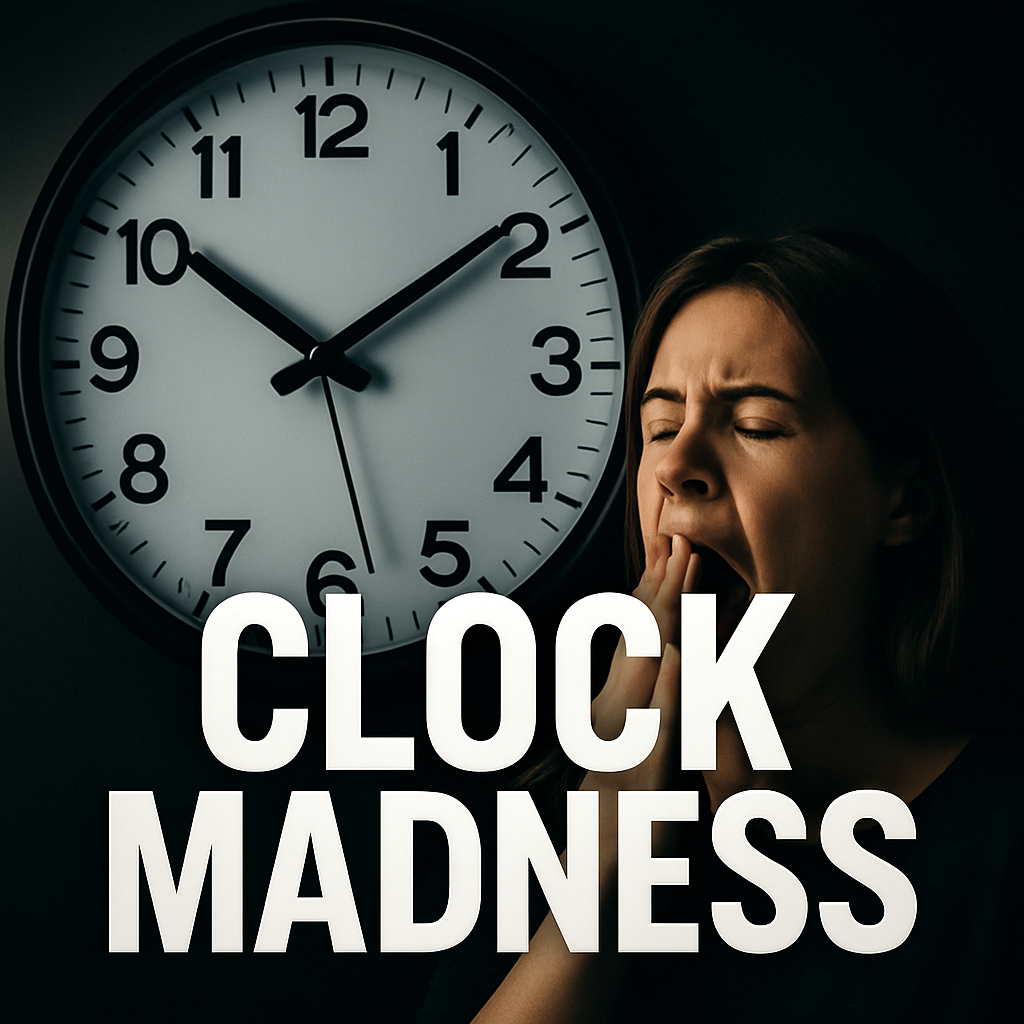
End the Clock Madness: Daylight Saving Time Harms ⏰
Share ❤️
Switching clocks twice a year? It’s not just annoying; it’s harming our health.
We lose an hour every March and get it back in November, but the biannual time shift does more than disrupt your schedule. Stanford researchers compared three policies — permanent standard time, permanent daylight saving time and our current seasonal switching — to see how each affects circadian rhythms. They found that staying in one time all year is healthier than ping‑ponging between times, and permanent standard time benefits the most people.
By modeling light exposure and health outcomes across U.S. counties, the team estimated that a permanent standard time could prevent about 300,000 strokes and 2.6 million cases of obesity each year. That’s because morning light speeds up our internal clock while evening light slows it down. Flipping clocks twice a year weakens the circadian rhythm, impacting immunity, metabolism and mood.
Even if policies take years to change, you can sync your inner clock by stepping outside early, dimming lights at night and keeping a consistent sleep schedule. This simple ritual is core to the serenity pillar of our mind‑body‑spirit approach.
Paradox
The very policy designed to save daylight and energy costs millions of people their health each year.
Unpopular Fact
Morning larks actually benefit more from permanent daylight saving time — but night owls and the majority of people thrive with standard time.
Hack
Expose yourself to natural morning light and reduce evening screen time to keep your circadian rhythm strong.
Emotional Trigger
If millions could avoid obesity and strokes, would you still switch your clock?
Closing Beat: Your circadian clock craves consistency.
Trust: Your body never lies.










